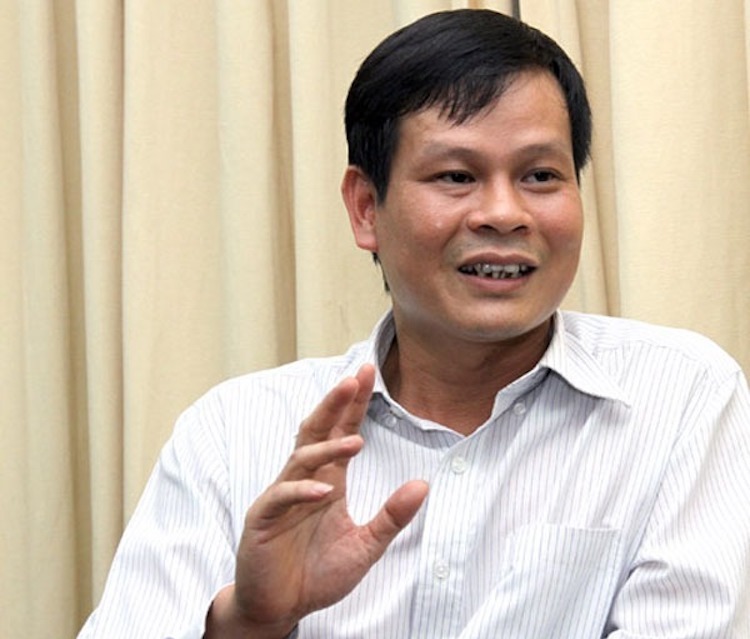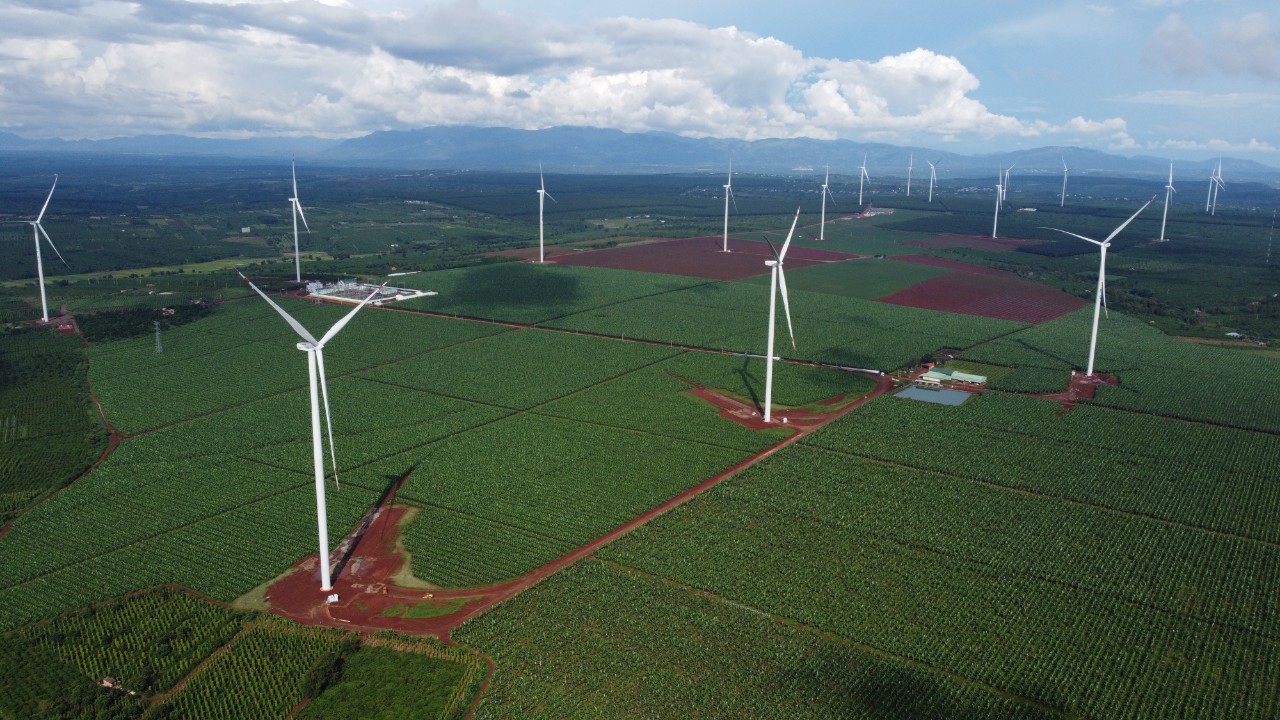
Mr. Hoang Tien Dung - Director of Electricity and Renewable Energy Agency (Ministry of Industry and Trade)
Reporter: To combat climate change, the trend of green energy transition has been becoming more and more apparent, given the Government’s incentive policy, a massive development of renewable energy sources have been witnessed. Could you please talk more about this transition?
Mr. Hoang Tien Dung: In order to achieve the goal of green, sustainable climate-resilient economic development, the Government has been advocating the energy transition towards utilizing internal resources, at the same time strengthening cooperation and collaboration with development partners. In particular, fossil fuel power sources have been gradually cut down, prioritizing the development of new, clean and renewable energy sources.
By the end of 2021, the total installed capacity of wind and solar power reached 20,670MW, accounting for nearly 27% of the total installed capacity of the power system. The electricity output from these sources reached 31.5 billion kWh, accounting for 12.27% of the total generation output of the system.
The incentive policy given to renewable energy has effectively and promptly mobilized domestic and foreign financial sources to invest in renewable energy development, relieving the pressure on the state budget.
Reporter: What policies have been applied to support the transition to cleaner, greener energy sources, sir?
Mr. Hoang Tien Dung: Vietnam has introduced many mechanisms and policies to achieve the goal of sustainable energy transition in line with strategic orientations under Resolution No. 55-NQ/TW of the Politburo as well as the Government’s commitment to reach net zero emissions by 2050.
Right after the 26th Conference of the Parties to the United Nations Framework Convention on Climate Change (COP26), Prime Minister Pham Minh Chinh signed Decision No. 2157/QD-TTg on 21 December 2021 on establishing a National Steering Committee to realize Vietnam's commitment at COP26. At the same time, 8 groups of tasks have been formulated and assigned to relevant organizations to be extensively and drastically implemented.
As an energy industry management agency, in recent years, the Ministry of Industry and Trade has on the one hand advised and formulated mechanisms and policies on energy and power development to submit to the Prime Minister for consideration and approval; directing corporations and enterprises operating in the energy industry to secure energy supply in general and electricity supply in particular for socio-economic development. On the other hand, the Ministry has developed and implemented many programs and plans; promoting the application of advanced science and technology in order to use energy economically and efficiently; protecting natural resources and the environment; promoting international cooperation through bilateral and multilateral meetings to push up the energy transition.
In particular, following the direction of the Prime Minister, the Ministry of Industry and Trade in coordination with other ministries and agencies has studied, established and reported to the Prime Minister the draft National Power Development Plan No.VIII. In the draft, the Ministry of Industry and Trade has studied and recommended the development of Vietnam's power system in a green and sustainable direction, in line with the commitment at COP26.
Reporter: Can you provide us with more specific information on Vietnam's green vision in the draft Master Plan No. VIII?
Mr. Hoang Tien Dung:
Following the direction of the Prime Minister, the draft Master Plan No. VIII’s main orientation is to fully and rationally exploit domestic primary energy resources for electricity generation such as natural gas and renewable energy; minimize coal-fired power plants with the goal of minimizing CO2 emissions, not further develop new coal-fired power plants after 2030, consider converting some planned coal-fired power plants to LNG power plants.
Coal and gas thermal power plants will gradually switch to using biomass, ammonia or hydrogen when these technologies are proven and commercialized. At the same time, wind and solar power development will be further promoted, prioritizing the development of renewable energy projects supplying electricity directly to industrial production facilities and residential areas (priority given to the production of green hydrogen, ammonia, chemicals, etc.), pumped storage hydropower, hydropower stations on irrigation reservoirs, biomass energy, solid waste energy and other renewable energy, etc.

Ia Pet – Dak Doa 1 and 2 wind power plant (Gia Lai province)
Reporter: What policies are proposed in the draft Master Plan No.VIII to enable Vietnam to realize its goal?
Mr. Hoang Tien Dung:
Specifically, the Law on Electricity will be amended and supplemented to complete mechanisms, policies and regulations on investment, bidding for the development of power plants and associated transmission grids. In particular, incentive mechanisms for RE development will be shifted from initial supporting policies for promoting market development to competitive bidding policies when the market size and market level change, allowing the market to decide technology prices, electricity prices to reflect closely and timely technological changes of the world market.
Regarding the transmission infrastructure development, power grids will be invested in synchronization with power plants, which can be operated flexibly and highly automated from transmission to distribution. Scientific and technological achievements will be applied to the investment and development of power grids to improve transmission capacity, ability to integrate renewable energy sources, gradually form a smart transmission grid, etc.
PV: Thank you, sir!
evn.com.vn
Share